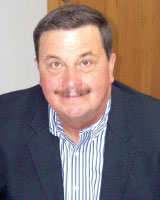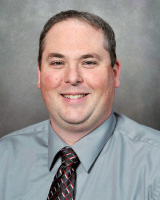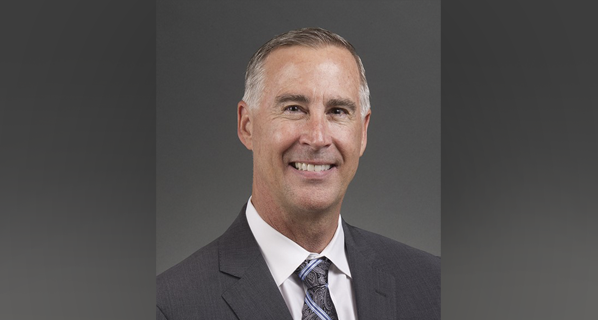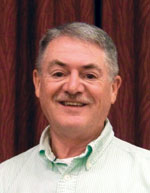Fluid Power Mobile Technology – Past Achievements and Future Opportunities
 Since this is the off-highway issue, it seems like a good time to reflect on the advances made in the mobile industry over the last 46 years and two months—the time I spent at Power Systems before retiring in July 2014.
Since this is the off-highway issue, it seems like a good time to reflect on the advances made in the mobile industry over the last 46 years and two months—the time I spent at Power Systems before retiring in July 2014.
In 1968, the year I began my career, the ORBIT motor [developed by the Char-Lynn Company of USA (now Eaton)] was rated at a maximum output of 2,000 in. lbs. with a flow rate of 15 gpm. Today, ORBIT motors are approaching torque values of 100,000 in. lbs. with a 100-gpm flow rate. What is so interesting is that many of the patents on this technology date back to the 1950s. We could have had many of these unique products sooner if the machining technology would have been in place.
I am consistently amazed at how manufacturers continue to develop unique new products. For example, cartridge valve technology has exploded over the last 20 years. It would be interesting to come up with a complete list of all the variations of valves in the marketplace today. Proportional valves are my favorite. Many assumed they would become popular in the 1980s, but the technology was not in place to drive them and there was too much contamination in the hydraulic systems. If you use proportional valves, you need to seriously consider filtration levels of 15/13/11.
In my early years working in the industry, customers often regarded filtration as an unneeded expense. It took a long time to change the industry’s perception to recognize the filtration levels needed in the mobile hydraulics world. My eyes were opened in the 1980s when a log loader manufacturer in Minnesota went to six-micron beta 200 filtration and cut warranty expenses from $600,000 to $100,000 in one year! When the components did fail, contamination was not the problem. Rather, it was a warranty problem. Today, it is still estimated that 70 to 90% of all failures on hydraulic components are from contamination. We need to eliminate abrasion, erosion, adhesion, corrosion, and fatigue wear found in hydraulic systems.
The marriage of electronics and hydraulics is an exciting union that gained a lot of interest in early 2000. With this marriage, brute force can be achieved and controlled. I believe electronics drive the industry and certainly is here to stay. Become familiar with the terms Hall Effect and linear position sensors, CANopen, J1939, ISOBU, Multiplexing, TFT displays, and Codesys. These are some of the terms electronic wizards are using today. I am quite certain there will be additional terms added to this list in the near future.
Today’s customers are no longer looking for the lowest-priced component. Our customers are more concerned with productivity, reliability, and creative ideas that make their products unique. And to the end users of our products, it’s all about getting the job done faster with more accuracy and no downtime.
In the almost half century I worked in the industry, the most critical and positive change has been the growing relationship between manufacturers and distributors. We have figured out that we need each other! Working together leads to market share gain.
Yes, there have been many other developments and gains in fluid power. I have only highlighted a few of the critical advancements that have contributed to making our industry stronger. It’s a unique field; I am thankful for the opportunity to work my entire career in this fast-growing industry and to work with so many of you in contributing to that growth. There is more to come.







